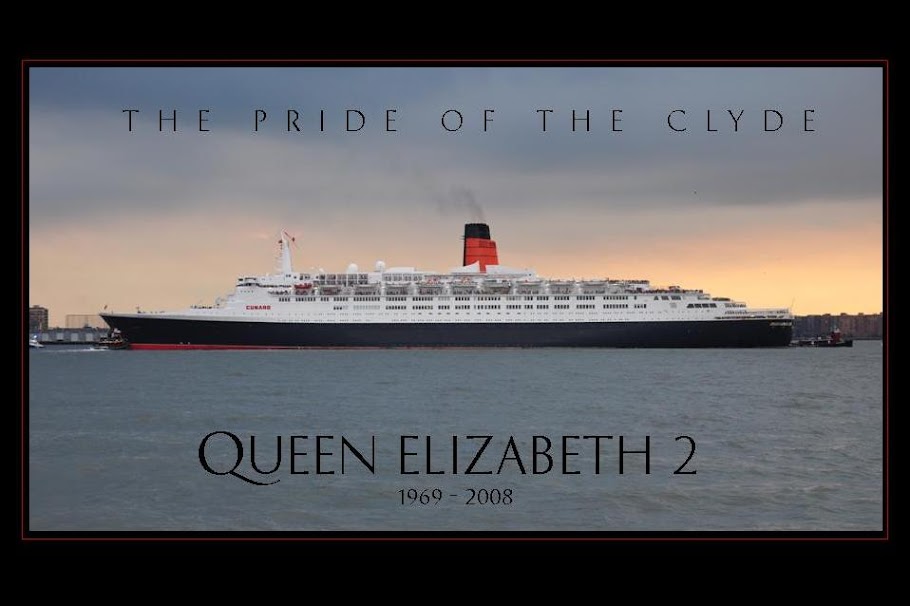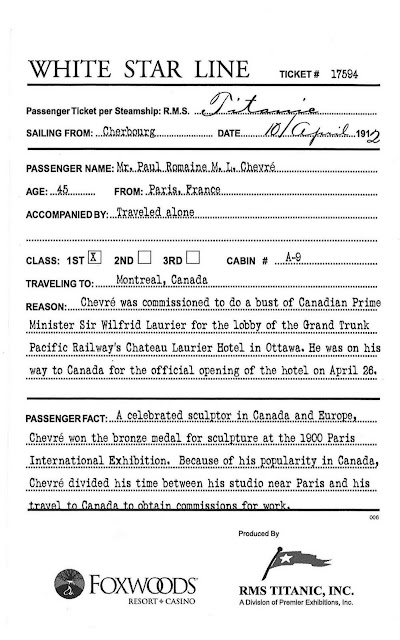Mark is no stranger to writing music befitting life in Scotland. He composed the soundtrack to "Local Hero," a cult classic movie about a Scottish fishing village about to be developed into a oil refinery for the North Sea. "Going Home" is my favorite instrumental track on the soundtrack and was previously featured on my YouTube posting of the same name. According to Mark's website, he spend time in Glasgow until he was eight, and then moved to Newcastle on the Tyne. Obviously, he has expressed his deep affection for Scotland in his music. I suspect he is watching what is happening to QE2, the last great ship built on the Clyde and would NOT want her beached in Alang.
28 March, 2010
So Far From the Clyde
Mark is no stranger to writing music befitting life in Scotland. He composed the soundtrack to "Local Hero," a cult classic movie about a Scottish fishing village about to be developed into a oil refinery for the North Sea. "Going Home" is my favorite instrumental track on the soundtrack and was previously featured on my YouTube posting of the same name. According to Mark's website, he spend time in Glasgow until he was eight, and then moved to Newcastle on the Tyne. Obviously, he has expressed his deep affection for Scotland in his music. I suspect he is watching what is happening to QE2, the last great ship built on the Clyde and would NOT want her beached in Alang.
RMS Titanic Exhibit
The RMS Titanic, Inc., the organization that recovered artifacts from the Titanic wreck site has several traveling exhibitions. We visited the exhibition that is currently in our area at Foxwoods Casino. I had seen this exhibit back in 1999 while in Las Vegas, but Ryan had not. Unfortunately, this exhibit pales in comparison to the much larger version in Las Vegas at the Luxor. For instance, missing was the large piece of the hull that was recovered and well as a great deal of the artifacts. Photography was not allowed. One unique display, which we were told had never been on display, were samples of the hull rivits, which have been analyized and found to have contributed to the sinkings since they were formed with inferior steel. This finding has been recently reported and had these rivits been sufficiently strong, the hull breaching probably would have been minimized and the ship may have been able to remain afloat. Testing procedures for steel had not yet been standardized at the time of construction.
As you enter the exhibit, you are given boarding passes of actual passengers. At the end of the exhibit, there is a display listing all of the passengers, by class, and you can look up your name to see if you survived. Graphically, it was easy to see if you were in Third Class, you were unlikely to have survived. Our passengers assigned to us were Archibald Gracie and Paul Chevre.
One interesting exhibit was a refrigerated block of ice, recreating an iceberg. You could go up to it and touch it. The guide mentioned that the seawater was actually a few degrees colder than the sample iceberg and that almost all of the passengers that entered the water died from hypothermia. Another interesting exhibit, towards the end of the tour, were samples of perfume bottles. The showcase had openings in the plexiglass and you could still smell the scent of the perfume. As we made it to the final passenger list display, we found out that both of us had survived! Exiting the exhibit, you enter the gift shop, which had a nice collection of Titanic books, samples of actual coal recovered from the ship, posters, shirts, and replicas of crockery used onboard Titanic.
We would recommend going to the exhibit, but spend the extra five dollars and take the audio commentary, which adds so much more to the experience. The exhibit left me wanting to see more, but then again, I had seen the more complete version before. It truly is remarkable to see how well preserved the recovered artifacts on display are in. It is also a bit morbid to see the clothes and personal effects of the passengers, which is a grim reminder of the grave loss of life that occured on April 15, 1912. The loss of the Titanic resulted in the creation of ice patrols and Safety of Life at Sea (SOLAS) regulations which affect construction and operation of all passenger ships to this day.
Subscribe to:
Posts (Atom)







